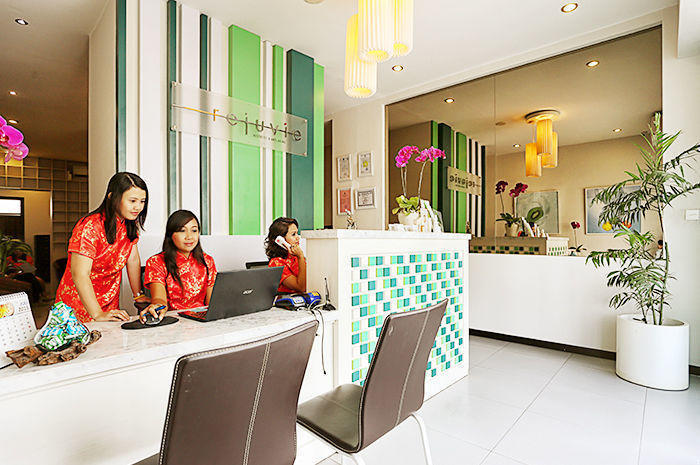 The concept of medical tourism has come full circle. It used to be that people traveled from less-developed countries to more highly developed countries to obtain the kind of technical healthcare that simply didn’t exist where they lived. These days, it’s the opposite.
The concept of medical tourism has come full circle. It used to be that people traveled from less-developed countries to more highly developed countries to obtain the kind of technical healthcare that simply didn’t exist where they lived. These days, it’s the opposite.
World class medical care is available in countries such as India, Costa Rica, Israel, Malaysia, Mexico, Singapore, South Korea, Brazil, Thailand, Taiwan, and Turkey. More and more people are fleeing the high prices of medical costs in the United States and traveling to outlying areas to find healthcare. The following is a rundown of the most popular kinds of procedures.
Destinations
What makes a good medical tourism destination? First of all, even though you may be considering travel to what is considered a less-developed country, make sure it is one where the government and private sector invests in healthcare and infrastructure. Countries who develop a reputation as a medical tourist destination have figured out that international visitors are likely to spend money in addition to the medical expenses. It can be a great boon to the local economy, which encourages them to provide even more healthcare options to visitors.
It should go without saying that any clinic you consider using must have an excellent track record of catering to medical tourists. Additionally, political instability and social upheaval should be a big, waving red flag. The last thing you need is to get caught abroad rehabbing from surgery while a bloody coup erupts down the street.
Procedures
Exactly what kind of procedures are these medical tourists having done? A partial list would include surgery related to dentistry, cosmetics, cardiovascular, orthopedic issues, cancer, reproductive, weight loss, and various other expensive tests – when done in the USA, that is. With the skill level of foreign physicians as high if not higher than their American counterparts, it’s not unheard of for a medical tourist to head abroad for a second opinion.
Medical tourists are choosing to have all kinds of operations done, from merely cosmetic to serious procedures like heart surgery and joint replacement.
How do you know if what you want done is available? A good rule of thumb is that, if you can have it done in the US, you can probably have it done somewhere else also. Of course, the decision-making process is more complicated than that. Your first order of business is to get a firm quote on what the operation and ALL associated expenses will cost.
Tip: A popular tool for medical tourism is http://www.docdoc.com.
Cost
Companies that specialize in helping people decide whether or not a medical tourism trip is right for them refer to the $6,000 rule. Unless you’re really into the tourism part of the whole idea and not so worried about what it costs, you need to figure out up front if it makes financial sense. If the medical procedure you need done would cost $6,000 or less in the United States, there’s a good chance you won’t save money by having it done elsewhere. Although the actual surgery might only costs $1,500 done abroad, you have to take into account other associated expenses like airfare, post-op hotel stay, ground transportation, food, etc.
However, for a major surgery that is projected to cost more (sometimes substantially more) than $6,000, there’s a good chance you’ll come out ahead financially. Plus there are the added benefits of perhaps a more peaceful recovery and more complete anonymity and privacy. In general, expect to save from 20 percent on the low end to around 75 percent on the high end, depending on your specific destination and procedure. Asian countries like Thailand and Malaysia tend to offer the most savings.
Risks
Surgical risks are involved no matter where you have your surgery done. You might encounter additional risks depending upon which country and clinic you choose and exactly what procedure you plan to undergo. There are some general things of which to be aware. Communication can be a barrier. You can’t rely on every healthcare provider in another country to speak your language fluently. That’s just the reality. Misunderstandings, either large or small can arise.
You may also face the possibility that the quality controls you have become used to in the US are not always present in other areas. Similarly, in order to have a stable supply of blood, donors are sometimes paid and the blood not screened before use. Your risk of contracting blood borne diseases like hepatitis or HIV could be higher.
The bottom line is that as long as healthcare costs in the US continue to rise and insurance coverage continues to fall, medical tourism will only grow in popularity. Already, estimates say that around 750,000 citizens travel abroad specifically for medical care each year. Whether you should join the flow is a personal decision that requires research and thought.

